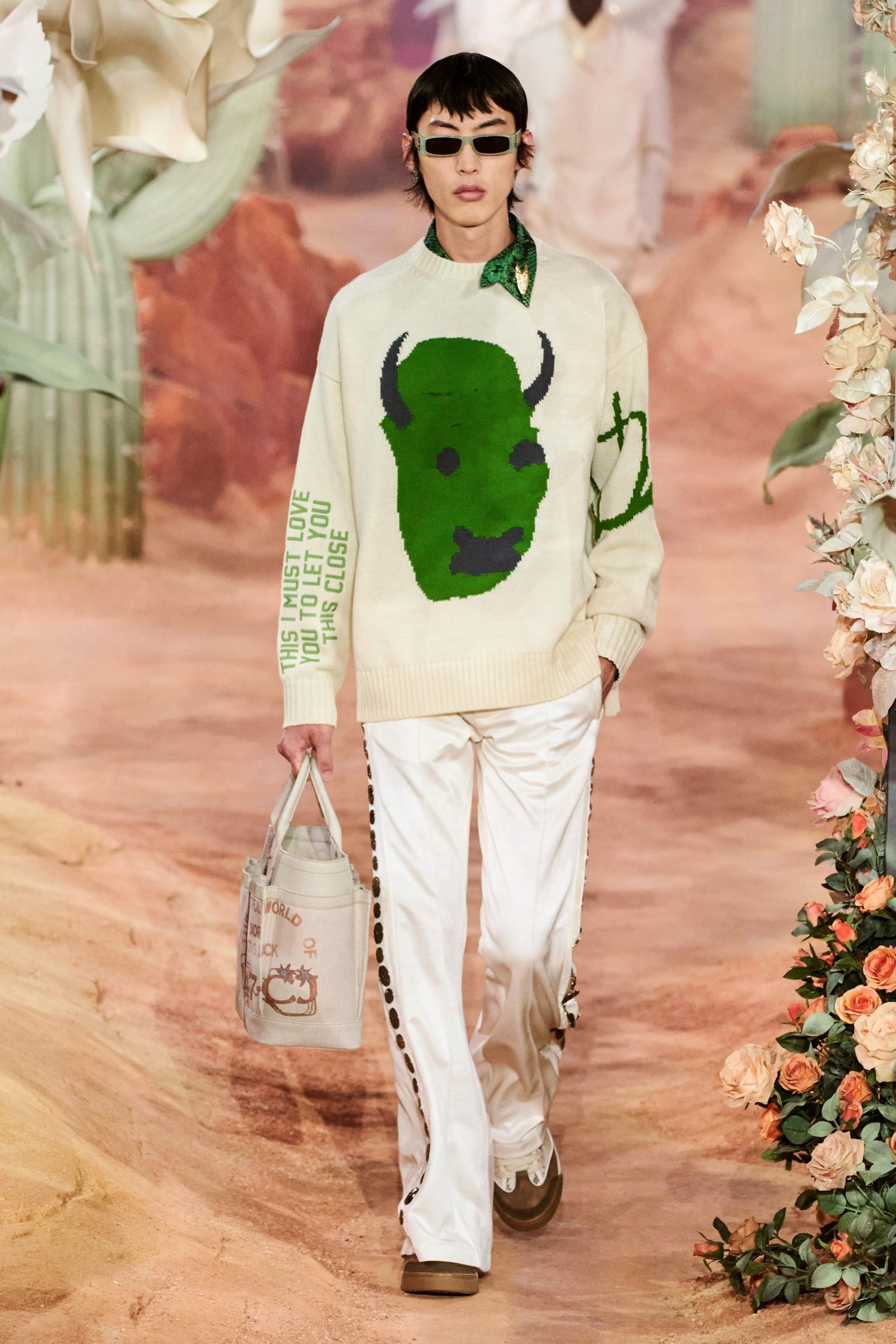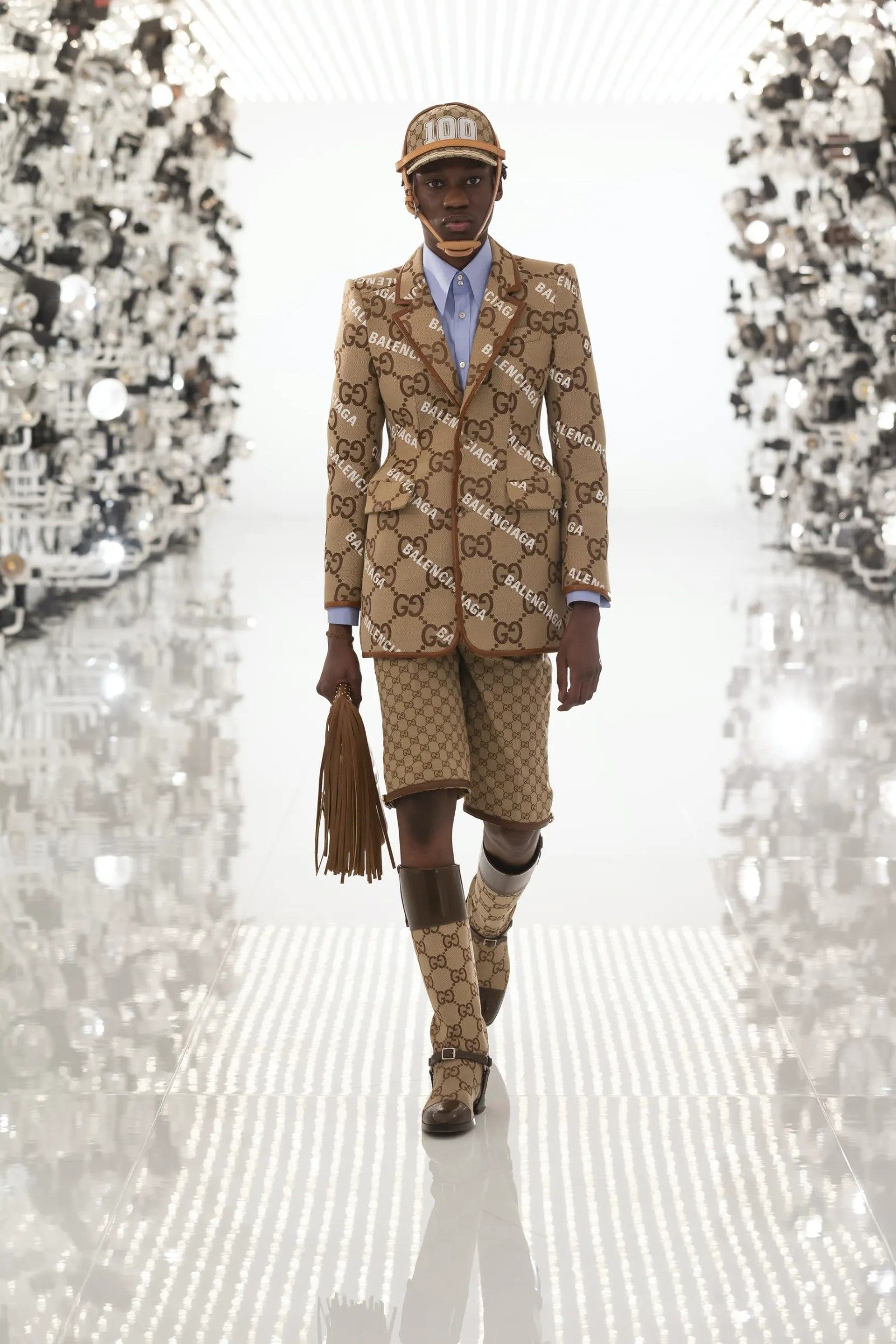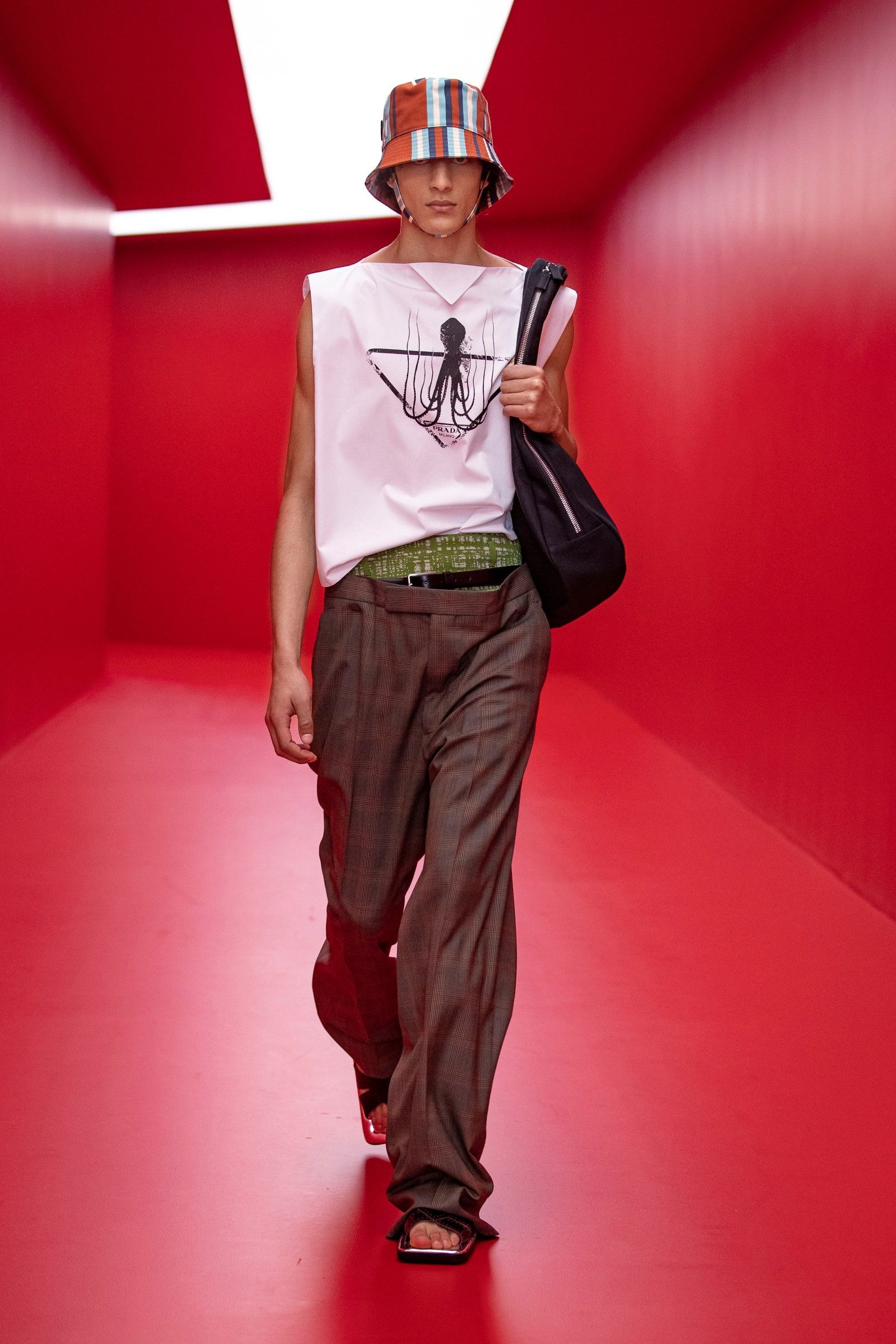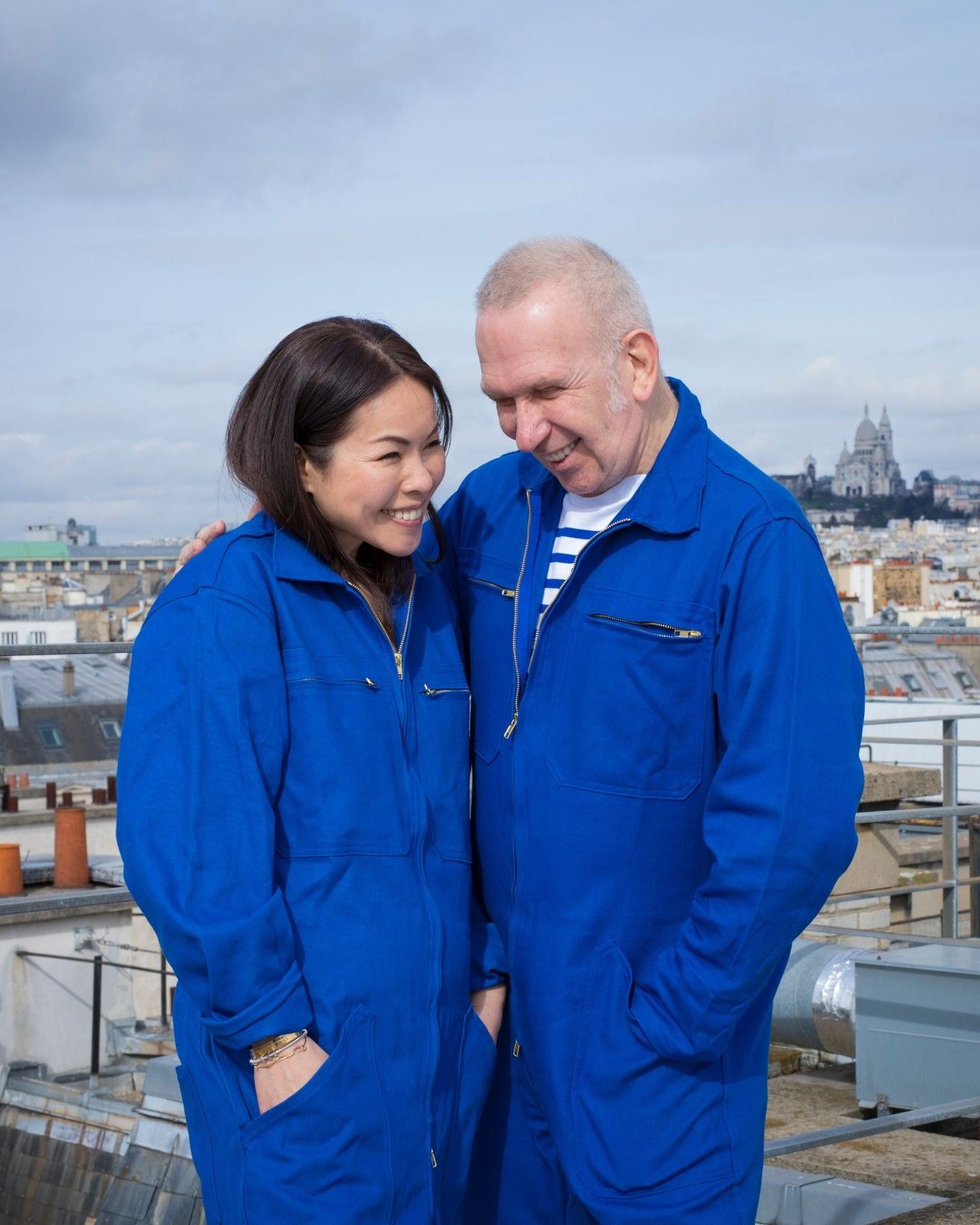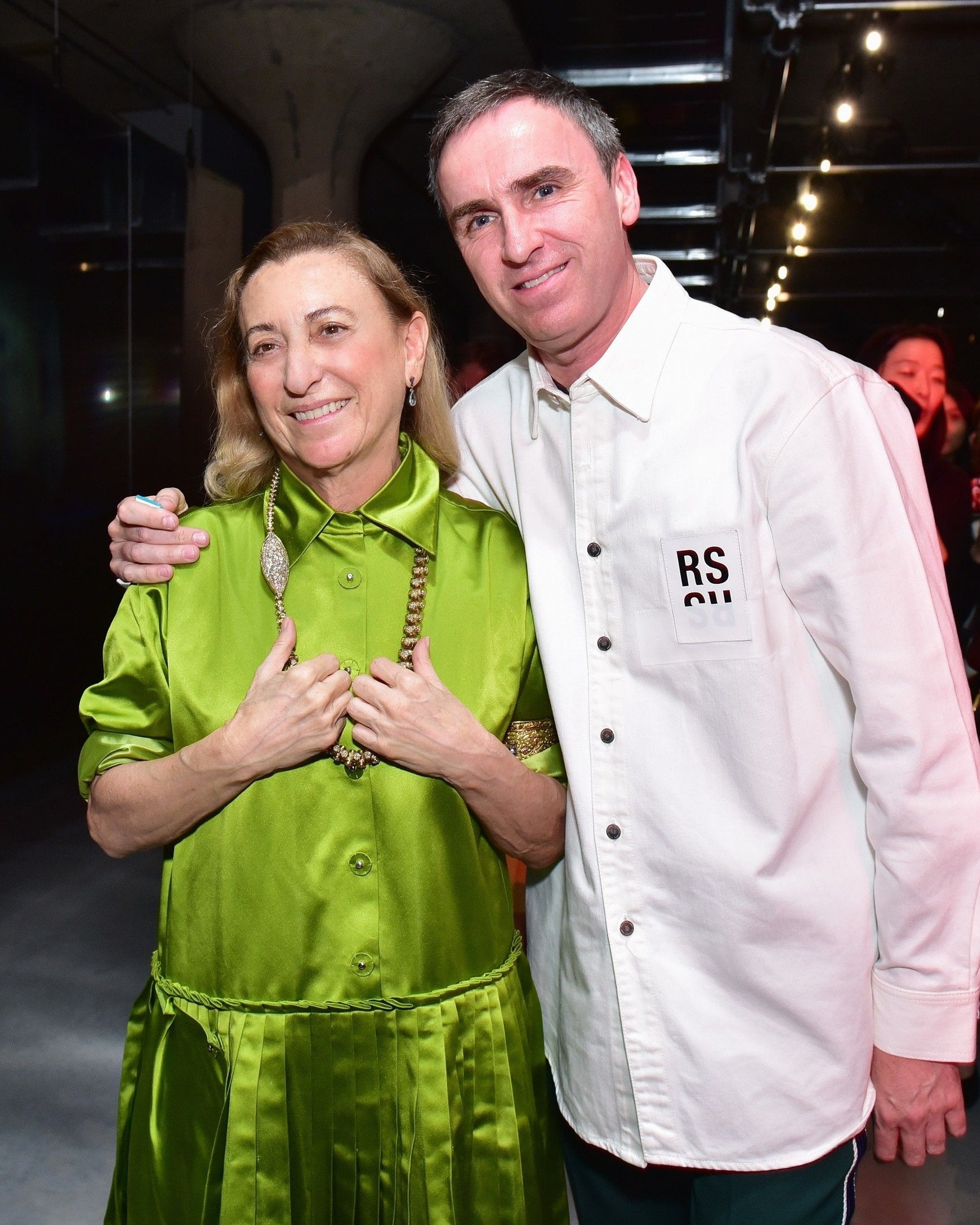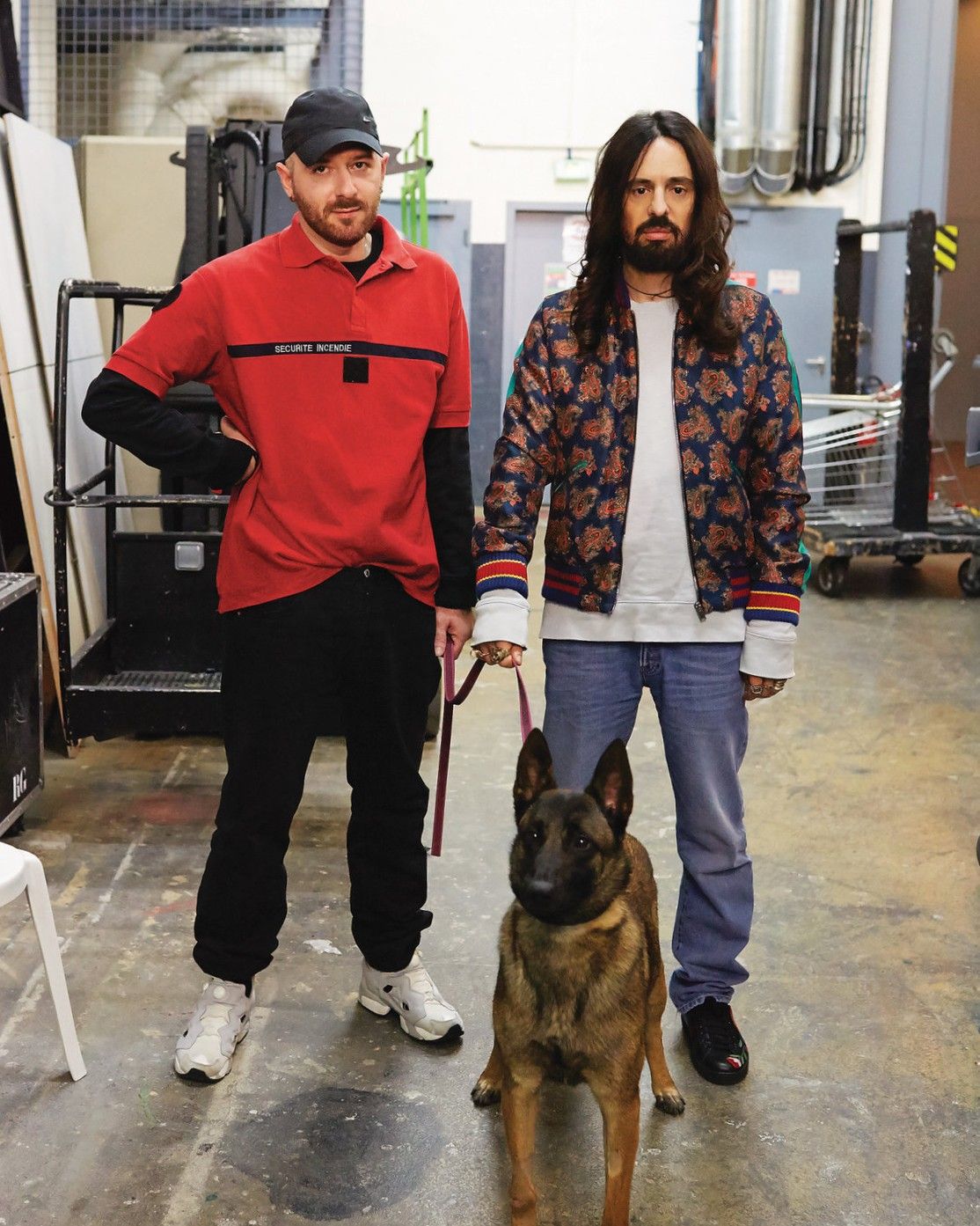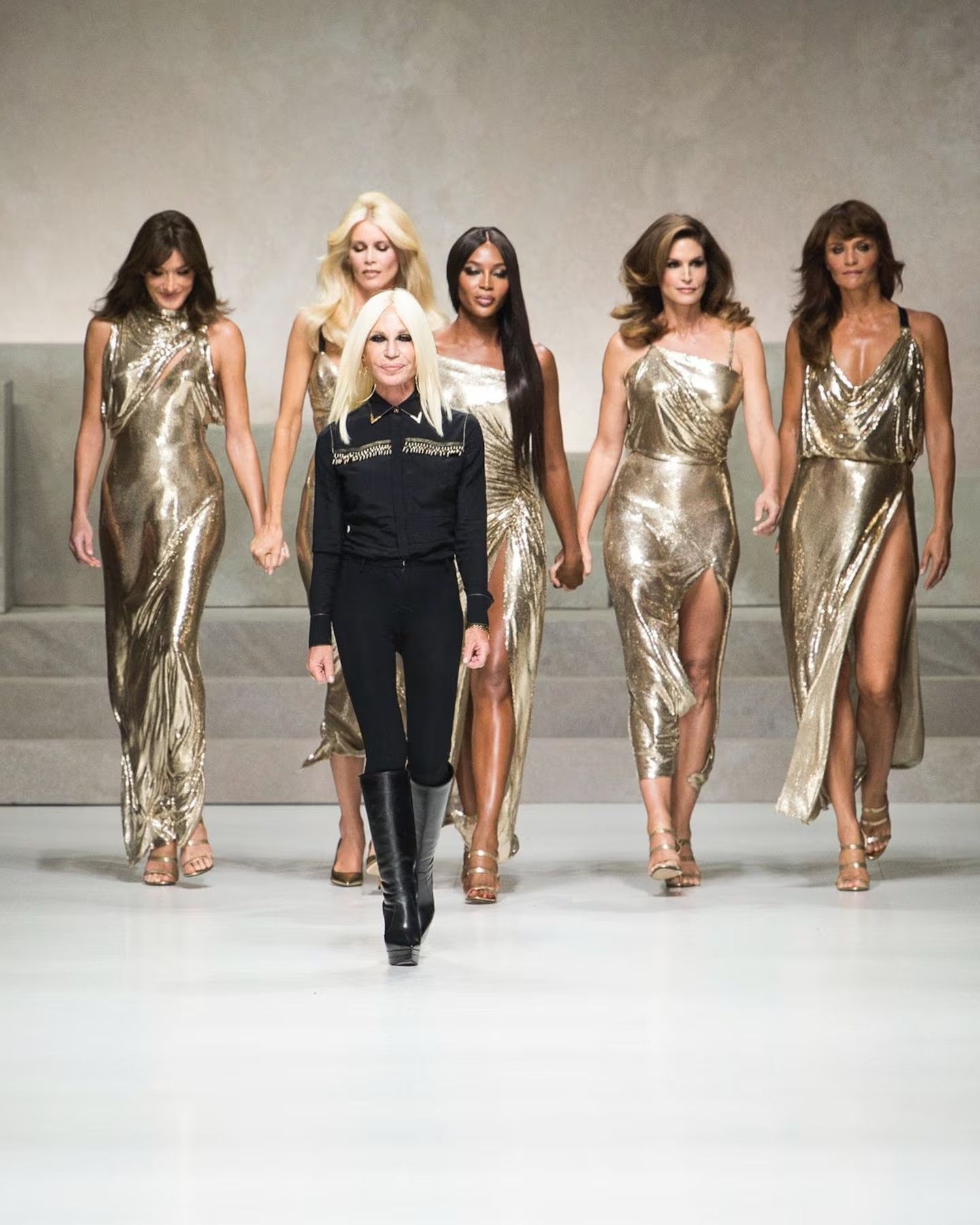
Fashion brands have destroyed the concept of collaboration Recently the industry has started to move towards more choral, free and collaborative approaches
In recent years the collaboration has been the go-to-solution to all the problems of fashion brands. A practice that over the years has been both elevated and trivialized leading to two extremes: on the one hand the most accomplished and high-profile collaborations such as those of Dior with Travis Scott, Sacai and Jordan, those of Gucci with The North Face and the hacking of Balenciaga, those of Gaultier with the new policy of guest designers or those of Valentino and Craig Green; on the other hand, a vast mass of collaborations (especially related to sneakers) completely forgettable that involve celebrities with dubious skills of designers or characters so niche as to be almost abstruse. Yet among the most successful collaborations of recent years there is a new way of understanding this practice: that of embracing the collaborative nature that fashion has already possessed in favor of a curatorial approach, as a conductor rather than as a soloist. The birth of this curatorial approach that overcomes the creative director's protagonism in fashion storytelling together with the trivialization of the idea of collaboration itself as a major event are leading towards a new, more holistic conception, in which the work of a brand is more a collective construction site than the work of a single creative.
Speaking of this new conception, Thom Bettridge of Highsnobiety was right to wonder whether, for example, Kim Jones' multi-collaborative strategy at Dior had not completely disrupted the nature of this practice. As Bettridge rightly points out, Jones's method with his involvement of other creatives such as Yoon Ahn, Thibo Denis, Matthew Williams and Peter Doig is in fact the new method of fashion, the antidote to the loss of meaning of the collaborations themselves, so ubiquitous that they are now almost insignificant in their original concept of crossover-event. The idea of collaboration as a unique union of two separate realities is giving way to an "open" conception: many different workers work together on a final product that transcends the simple hype or singular event connotation that existed before and that instead highlights how creativity in today's fashion and then is increasingly transversal and network-oriented. The curatorial and free approach adopted by many designers, among other things, is based on the granting of total freedom for the collaborator, as happened for the collaboration of Valentino and Craig Green, going to solve the problem of fashion realness.
The old idea of collaboration is actually the daughter of a mindset, still existing, which saw the creative director of a certain collection as the only demiurge of the aesthetics of a brand and which, in its continuous repetition, also ended up involving realities so irrelevant to each other that it made a little obsolete the idea of hype that once surrounded certain releases. Obviously this type of narrative is functional to the communication of each brand, which makes it necessary to have a protagonist who also becomes its official face and the main interlocutor. However, this has created a mechanism of protagonism of creative directors who, according to what we read in many press releases, seem to be the unique authors of every single item that ends up on the catwalk. A mechanism also highlighted by Prada in February 2020 with a statement reported by GQ defining the entry of Raf Simons as co-creative director of the maison «a strong challenge to the idea of singularity of creative authorship». And indeed many critics have pointed out that, especially in the last collection, Simons acted as curator of the Prada archive, which he then reimagined.
The future will probably move in this new direction, although the current state of the industry is fundamentally ambiguous: while Kim Jones' approach has shown that a fashion collection can become a kind of collective construction site for different creatives and that the best collections are conceived by curators rather than creators; on the other hand, the commercial success of the many hyper-branded collaborations that often also involve various celebrities shows no sign of stopping – although many people talk about an inflation of the system: too many collaborations that introduce too few innovations in design. The collaboration, rather, should be embraced as a new "collective" method of the new post-poandemia democratic fashion or rather accepted as the method that fashion has always followed without wanting to recognize it, sacrificing the merit of so many designers to the protagonism of a single creative director.










































